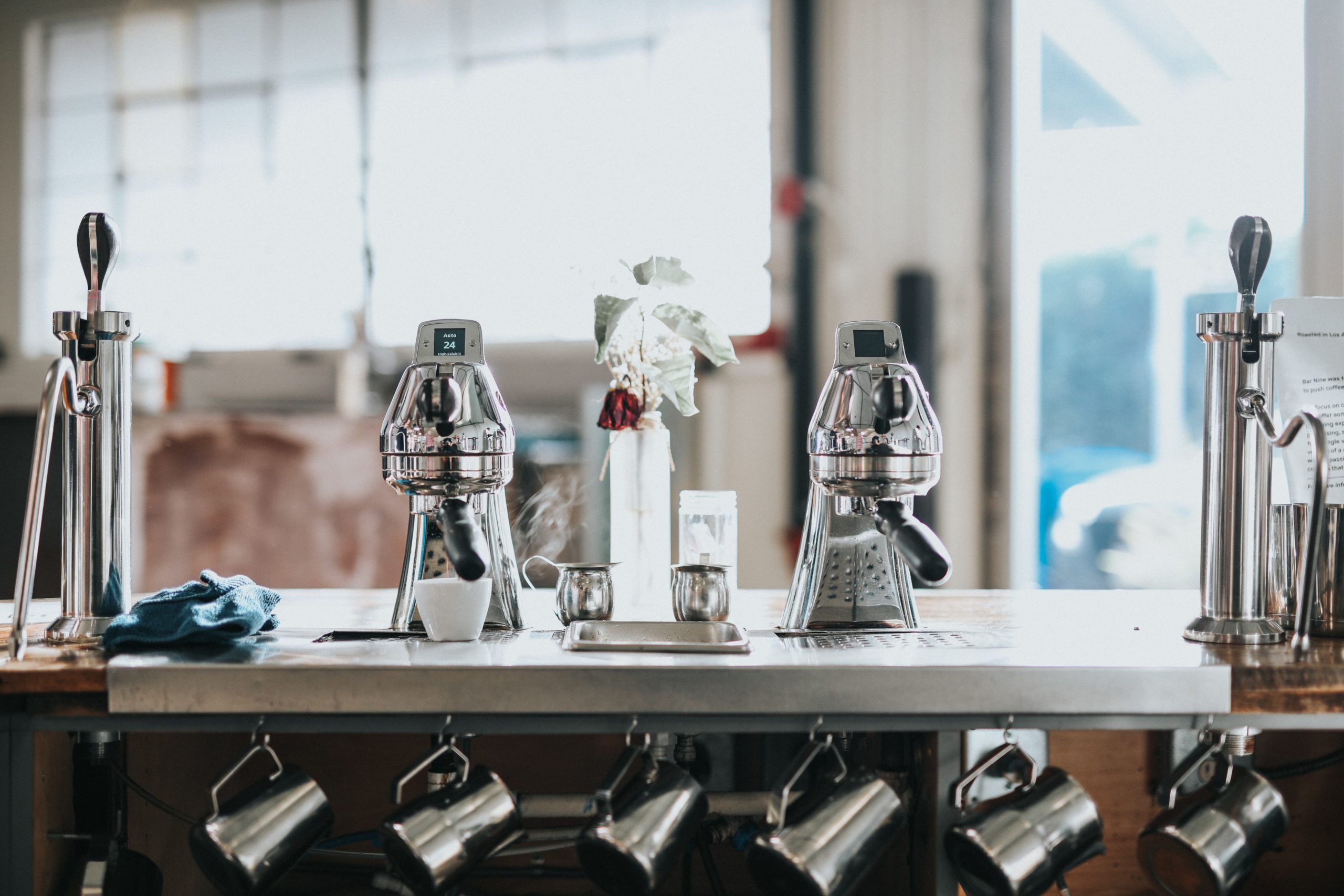Francesca Di Fazio
As sci-fi as this may sound, our favourite drinking premises might soon be staffed with robots. Developed by Israeli tech firm GKI Group, Cecilia.ai is “the world’s first interactive bartender,” using AI technology to interact with costumers while serving up to 120 drinks per hour.
How do the robots work?
The robotic unit looks like a dispenser with a storage capacity of 70 litres, surmounted by a wide screen displaying a virtual barmaid. An extensive mixology database allows Cecilia to mix a wide range of cocktails at the customer’s request. Thanks to interactive conversational and voice recognition technology, similar to those powering virtual vocal assistants such as Siri or Alexa, Cecilia can carry out her drink mixing tasks while entertaining customers with human-like chit-chat.
Usage this year
Cecilia.ai was first released on the market on 24th February 2021 and can be hired for $2,000 (almost £1,500) a month. To date, she has mostly served corporate clients, including Microsoft and the Future of AI conference. However, Elad Kobi, the company’s chief executive, hopes that more traditional hospitality venues such as pubs and bars may soon roll out the technology: “companies realise they need to do different things than others to attract people there. Technology and innovation can do that,” Kobi told the BBC.
Cecilia.ai represents the latest development of a wider trend towards labour automation in hospitality. For the most part, robot staff is currently being deployed to face extraordinary circumstances. In Japan, for instance, robot workforce may be the solution to the labour shortage caused by the swift decline of the country’s aging population. Here in the UK, London entertainment venue Gravity Southside has recently resolved to hire android waiters in order to compensate for a similar issue. A further push towards more automation in the sector came from Covid-19. Earlier this year, bars in the Spanish city of Seville turned to robot staff to lessen the risk of virus transmission.
Replacing human workers?
For some, however, workplace automation could be a tool to replace, rather than supporting, human staff. The Estonian firm which developed the robotic bartending unit Yanu, for example, focuses its marketing on the robot’s higher efficiency and cost-effectiveness. “The main issue when you have a venue is constant problems with the workforce,” Yanu chief executive Alan Adojan told the BBC. Such human-related problems are also explicitly referenced on the company’s website, where Yanu is advertised as “selling more and faster than human bartenders,” and as sparing the employers issues such as “labour taxation, theft, sick days.”
Efficiency and cost-effectiveness comparisons between robot and human workforce are rising preoccupations over automation across industries, especially regarding the future of employment and labour conditions for human workers. Research carried out by the International Labour Organisation (ILO) stresses that, while universal basic income policies may be a useful legislative tool to face future unemployment created by automation in so-called low-skill jobs, a wider approach to labour rights as human rights will be needed to ensure workers’ human dignity. A 2019 report by the House of Commons’ Business, Energy and Industrial Strategy Committee predicts that, since automation appears inevitable in most industries, both adaptation policies and workforce retraining will be necessary in the near future.
Are robots ready to take over from humans?
However, robots do not yet seem ready to fully take over human jobs. Aside from lacking convincing human-like interfaces for the most part, although prototypes like Cecilia.ai may represent a decisive step in this direction, robotic technology is reportedly still far from achieving the same fluidity of human in manual work. For the time being, they are mostly used to support human workers, or cover for them in extraordinary circumstances.
Automation in the hospitality sector has many faces, from the earlier and more familiar introduction of app-based ordering systems to more ground-breaking developments such as Cecilia.ai and her robot colleagues. It remains to be seen how fast the general public will get accustomed to everyday casual interaction with human-like AI. This, ultimately, will determine the innovation’s commercial success.
Image courtesy of Nathan Dumlao via Unsplash. Image license here. No changes were made to this image.

